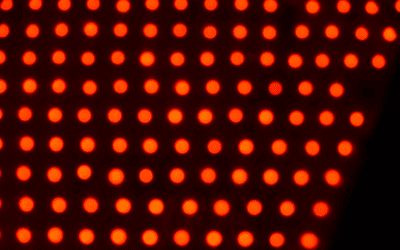
Do you or a loved one suffer from dizziness?
Have you ever wondered where dizziness comes from and how in the world we treat it?
Dizziness can take on many different forms as it is a general term that patients will use to describe many different types of conditions.
One of the more common types of dizziness is known as vertigo. Vertigo is the type of dizziness where the room spins. Generally, this type of dizziness will last 60 seconds or less and be triggered by head movements.
The medical diagnosis for this type of dizziness is benign paroxysmal positional vertigo (BPPV). BPPV is a condition caused by dysfunction of the inner ear. The inner ear senses gravity and up-down or side to side movements.
Many healthcare providers who treat dizziness will prescribe anti-nausea medications or other dizziness related medications while recommending the patient to wait and see if the dizziness will resolve. It is important to understand that BPPV has a very mechanical cause that can be treated fairly quickly and without medications.
Dizziness from BPPV is caused by displaced crystals within fluid filled tubes in the inner ear. The crystal disrupts the fluid, causing the brain to receive a faulty signal. That signal is perceived as spinning. The eyes respond with reflexive movements (called saccades) which assist in eye tracking while spinning. Since the body is not actually spinning, these reflexive eye movements lead to the patient feeling dizzy and nauseous.
At times this type of dizziness will spontaneously improve as gravity may relocate the crystal to its rightful home. However, if the dizziness persists, it is recommended to see a provider that can assess and treat the inner ear dysfunction.
Evaluation of BPPV will reveal one of three canals that the crystal is disrupting, and which side is requiring treatment. Once the side and canal are discovered, there are different maneuvers that can be utilized to allow gravity to pull the crystal into its rightful home.
It can take time to properly assess and treat this type of condition. It is not uncommon to perform certain maneuvers 2-3 times after spending 15-20 minutes finding a proper diagnosis. With today’s current healthcare system, a visit with your primary care provider may only allow for 10-15 minutes, making it easier for providers to wait and see if the dizziness will resolve on its own while prescribing a nausea medication.
At Novera: Headache Center we know that vertigo can be a crippling condition. Our desire is to provide patients with a proper diagnosis and treatment within the same visit. Physical Therapists have extensive training in the neurological system and understand proper function of the inner ear. It is important to see an expert in the neurological and musculoskeletal fields as dizziness can take on several different forms. If you are looking for a proper diagnosis for your dizziness with same day treatment, schedule an initial evaluation right on our website today!




